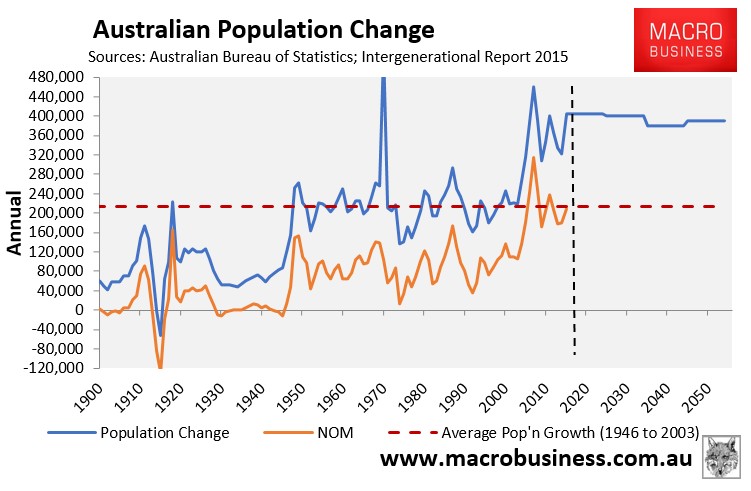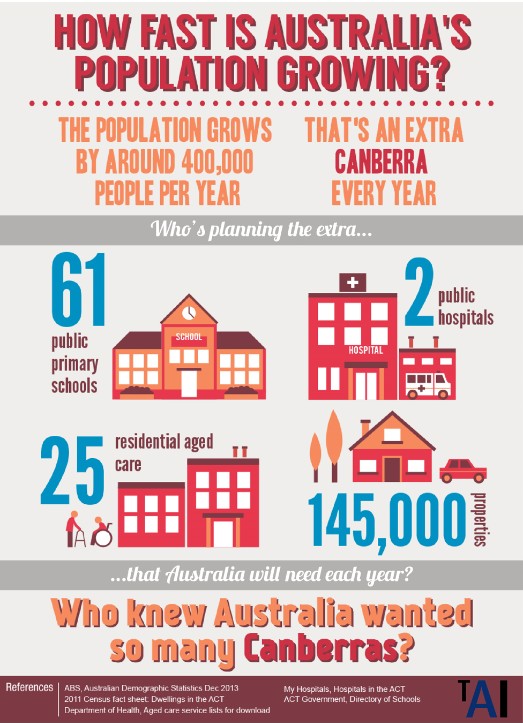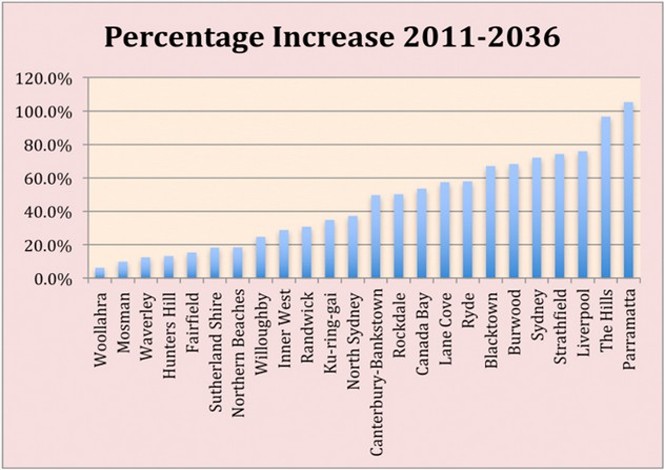Last October, The Age ran a detailed report on how Melbourne’s hospitals are being overrun by the ongoing population influx caused by Australia’s mass immigration program:
…leaked data indicates there has been no improvement in ambulance “ramping” and that this month hundreds of patients waited longer than an hour to get into an emergency department while under the care of paramedics.
The queues are tying up paramedics when they should be free to respond to urgent cases. Doctors say the problem persists because hospitals are too full…
“There are times when things get so chaotic and crazy, you wonder if you’ll get out alive,” said the doctor, who called for the government to fund more hospital beds and resources…
Then in February, the Australian Medical Association (AMA) released its 2017 Public Hospital Report Card, which revealed that Australia’s public hospitals are failing to keep up with the population influx. From the Daily Telegraph:
Thousands of patients are dying before they get elective surgery as waiting times blow out by 37 per cent, a damning new report on public hospitals has found…
This is the highest waiting time in 14 years, and a 37 per cent increase since the turn of the century.
More than 14,000 patients waited over a year for their surgery and official figures show 7,000 patients died while they were waiting or could no longer be contacted…
Both federal and state governments have cut their spending on public hospitals and bed numbers are not keeping pace with the growth in the population, the report shows.
Yesterday, The ABC reported that ambulances are being made to queue up outside Liverpool Hospital in Sydney’s South-West as population growth outstrips hospital capacity:
Ambulances have been queued 10 deep for hours outside some overstretched emergency wards across south-western Sydney, with doctors having to “tuck people in every corner” due to a surge in patients in the past 48 hours.
The acting director of emergency medicine at Liverpool Hospital said the hospital had been “slammed” and it was trying to do everything it could to ease the queue of ambulances and make sure paramedics could get back on the road…
Australian Paramedics Association NSW president Steve Pearce said ambulance crews were having to wait for up to three-and-a-half hours with patients on stretchers.
He said it meant there were fewer paramedics on the road to respond to emergencies and other urgent jobs.
Mr Pearce said the past 48 hours had been particularly “horrendous” but paramedics had been struggling with the situation for two years and campaigning for hundreds more ambulance officers to be put on the road…
Professor Middleton said… emergency department presentations were increasing every year and capacity was yet to catch up with demand.
So here we have yet another example of Australia’s dysfunctional population ponzi in action.
The Federal Government massively ramped-up immigration from the early-2000s, which has lead to surging demand for infrastructure, housing, schooling and hospitals (among other things).
However, the states have been unable to accommodate this growth – due in part to incompetence, but also through lack of funding courtesy of Australia’s famous vertical fiscal imbalance, whereby the federal government collects most of the revenue.
The federal government’s Intergenerational Report projected that Australia’s population would grow by an average of 394,000 people per year between 2016 and 2055, representing nearly double the annual level of population growth to that of the post-war to 2003 period (see below chart).

As illustrated by The Australian Institute, this level of population growth will require the building of an additional 61 public schools, 2 public hospitals, and 25 residential aged care facilities each and every year:

Whereas official NSW Government forecasts have Western Sydney – where Liverpool Hospital is located – wearing most of the city’s population increase:

Ongoing population growth without adequate planning and investment means more time lost in traffic, more expensive (and smaller) housing, less public services (e.g. health and education), and overall lower living standards. It is abundantly clear that we have neither the will, resources or nous to deliver the required plan.
The equation is that simple, but too often ignored by our politicians, policy makers and media, who prefer to take the sugar hit from growth without undertaking the necessary investment, leaving incumbent residents to suffer the resulting reduction in living standards.

